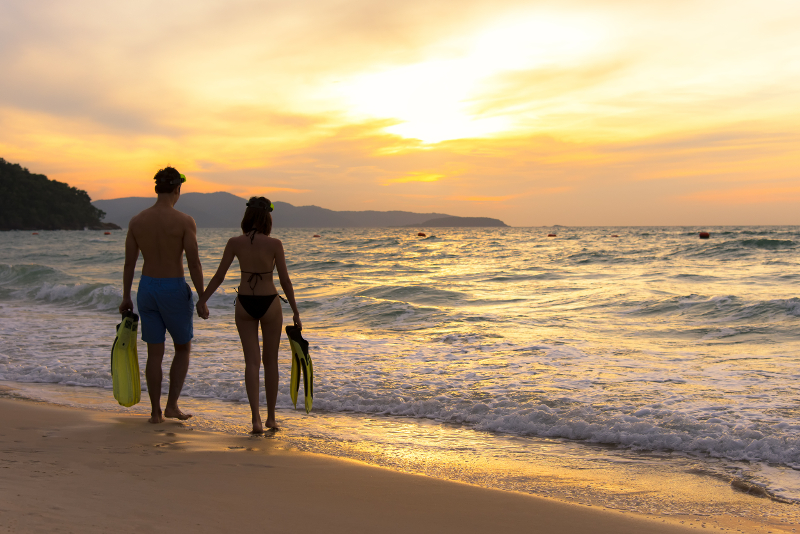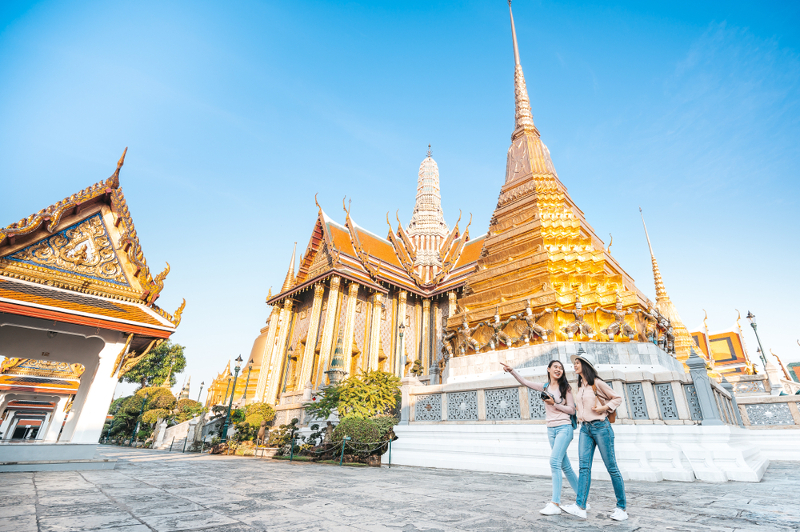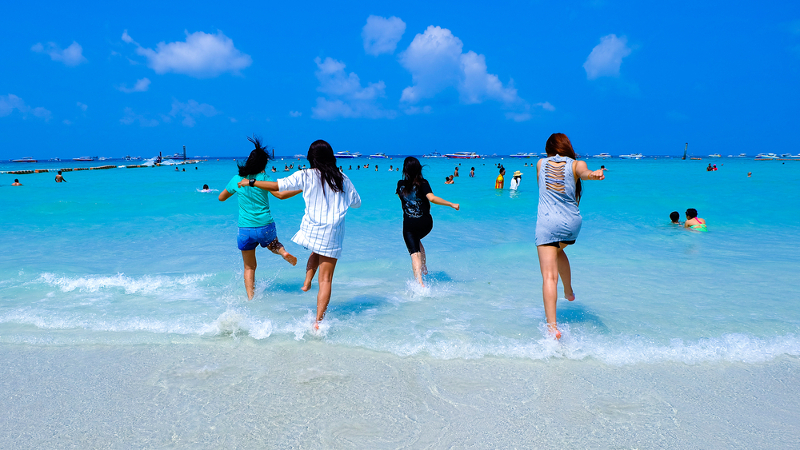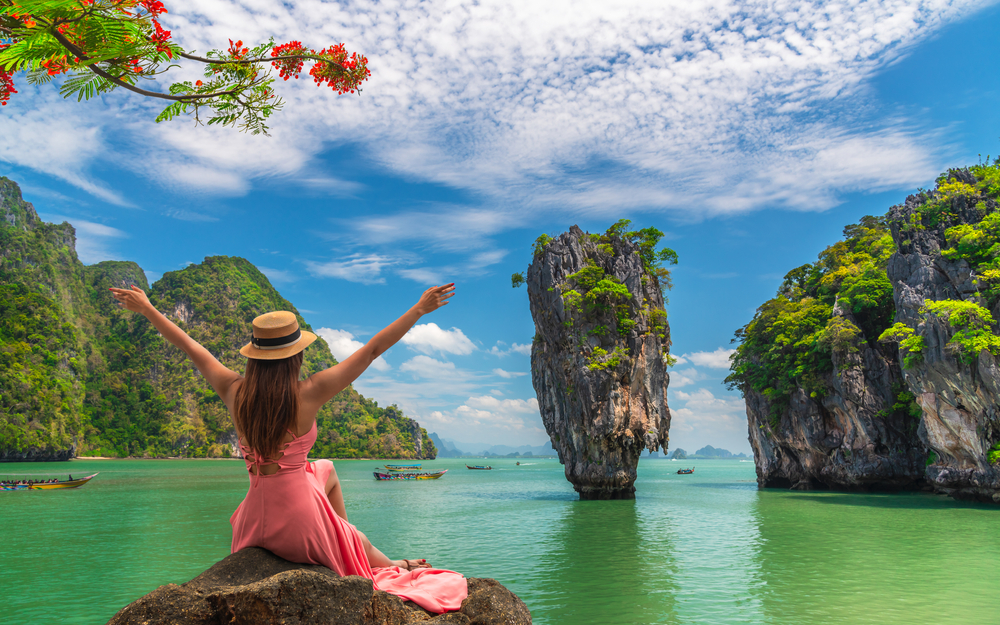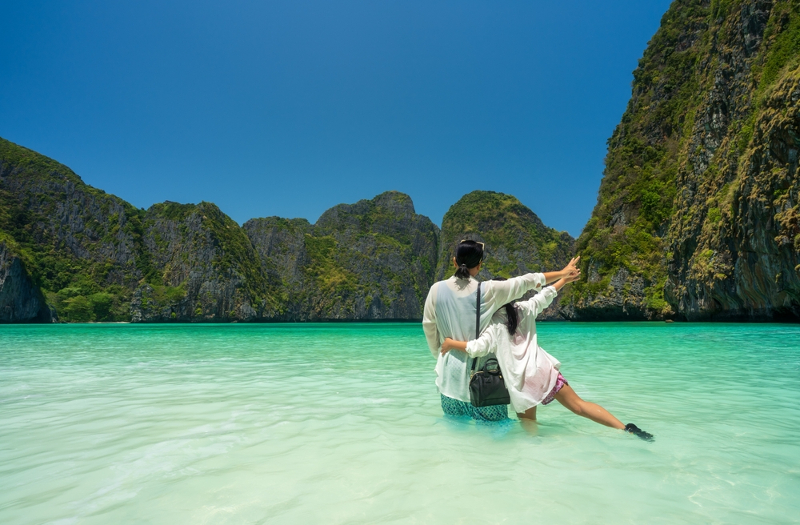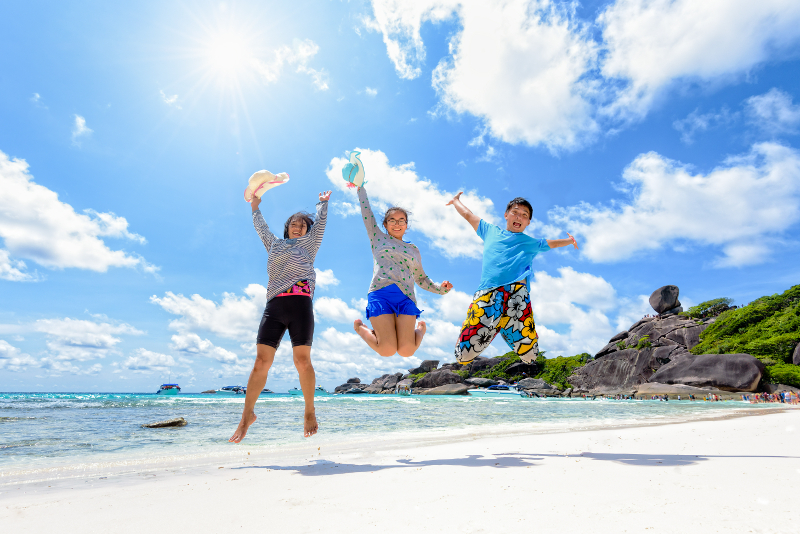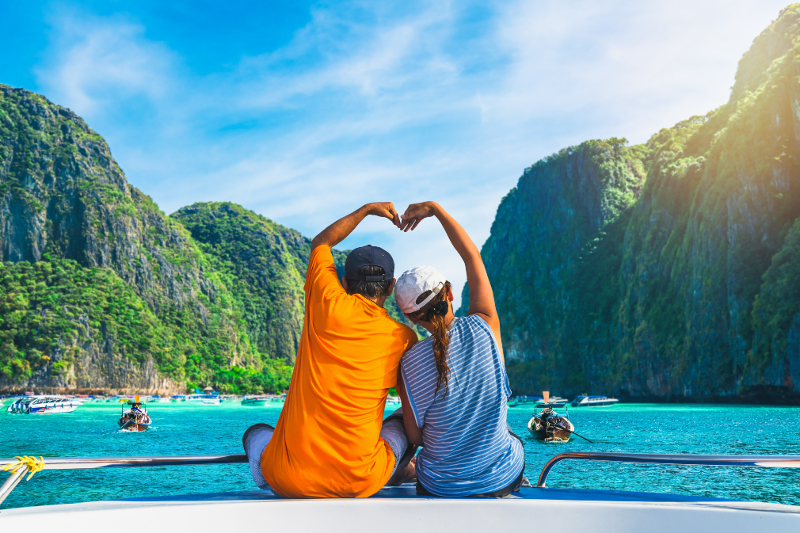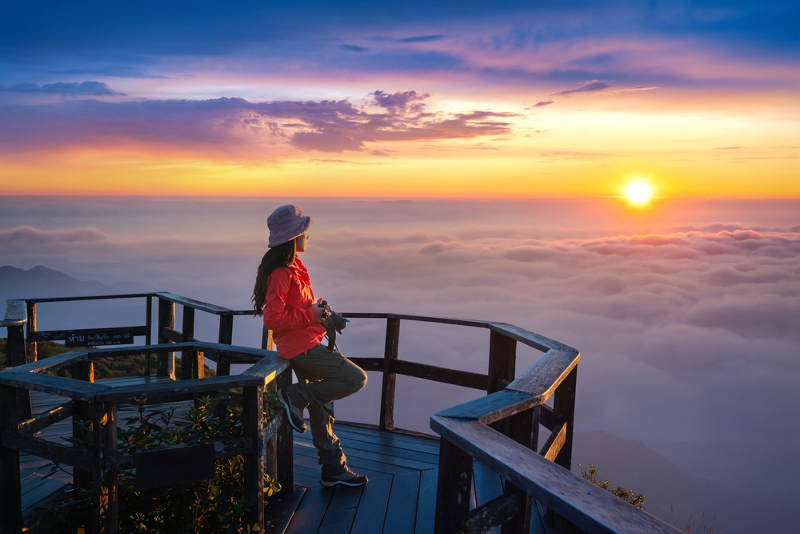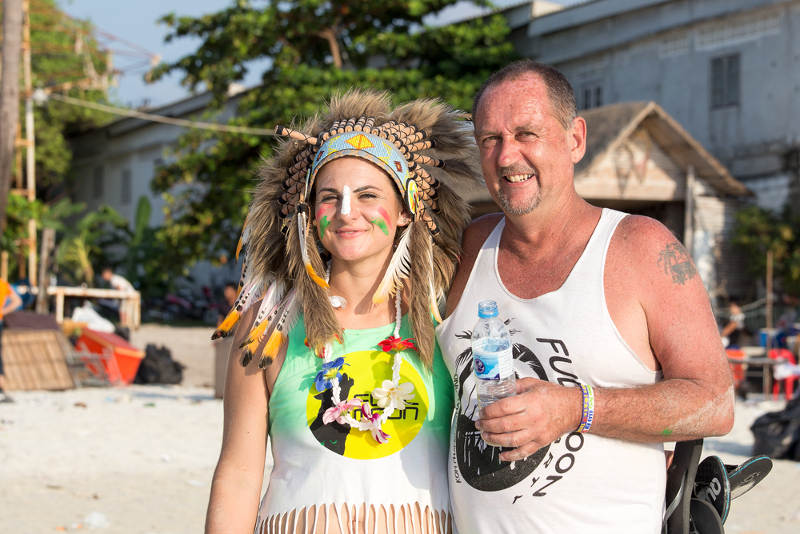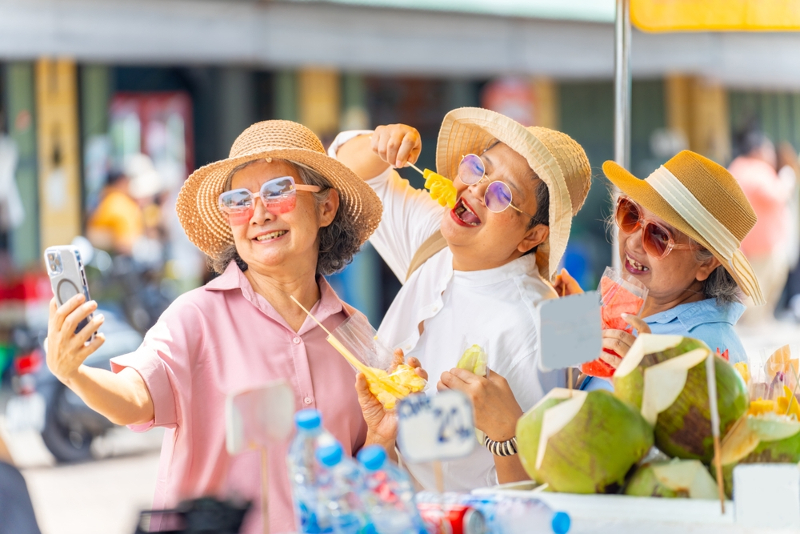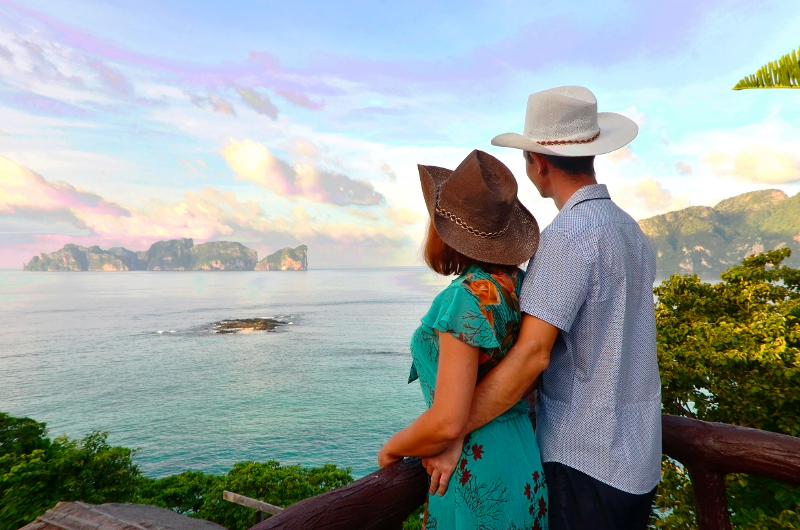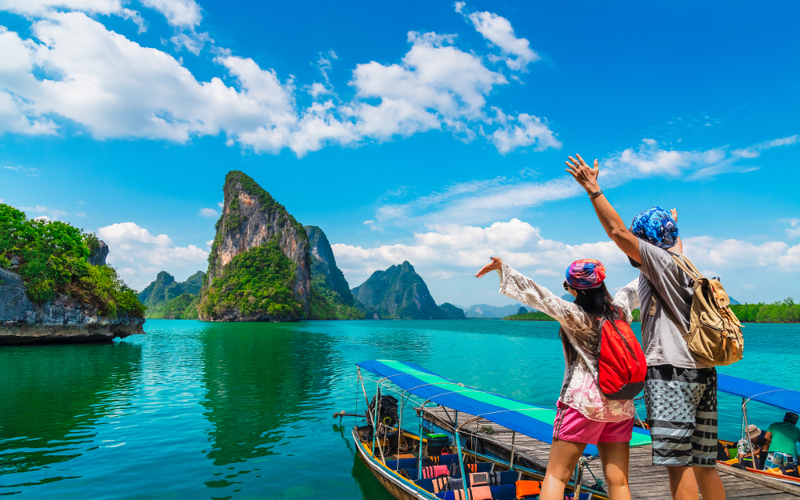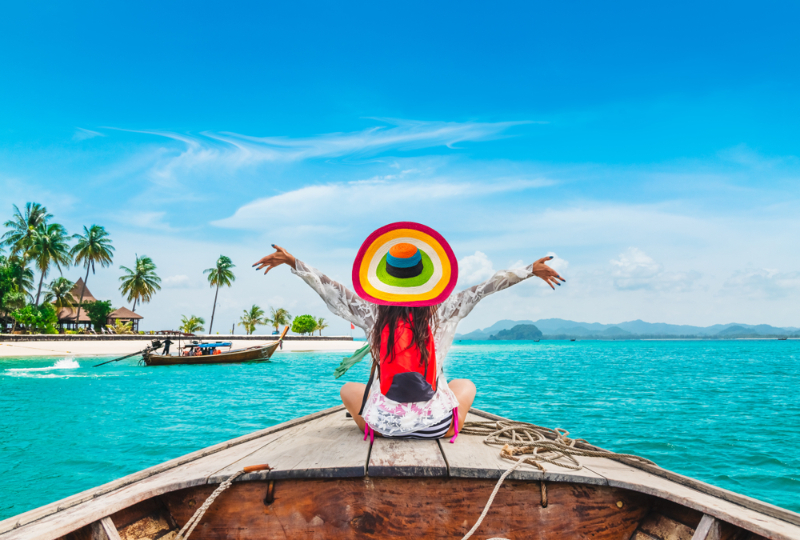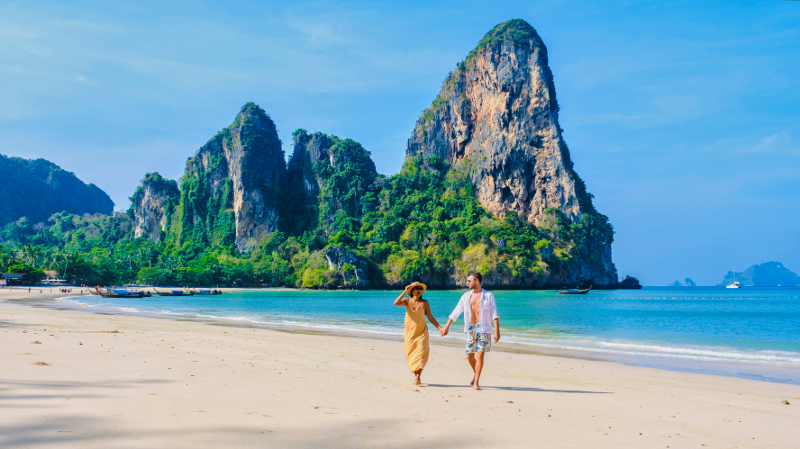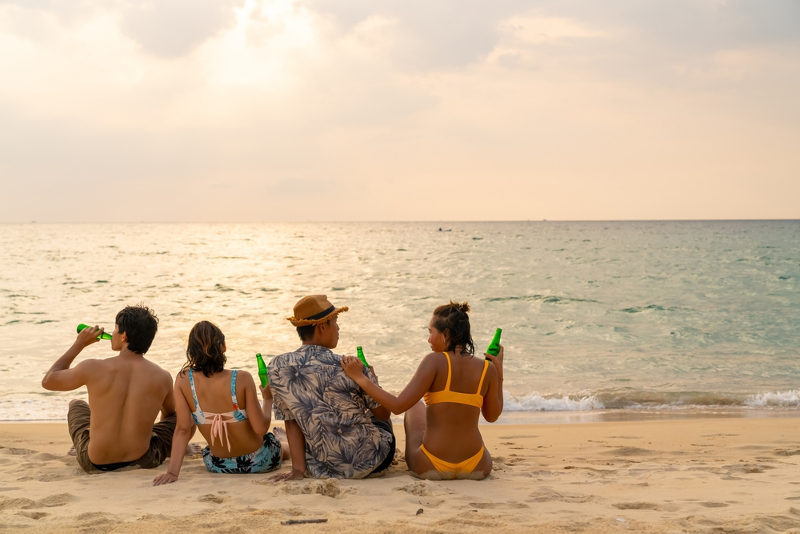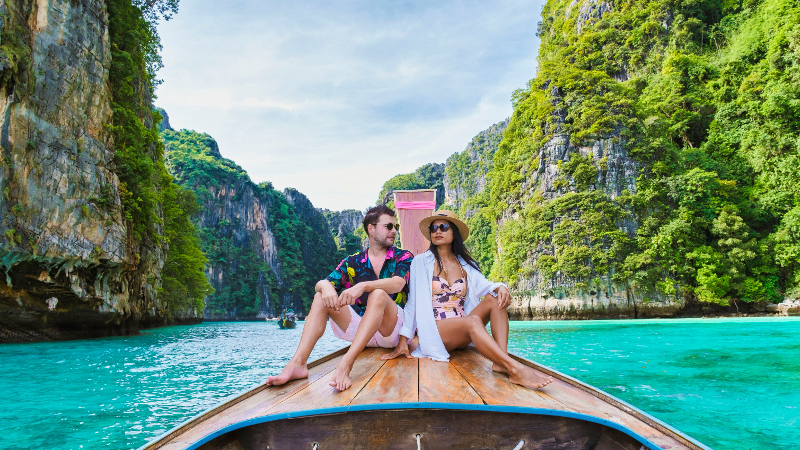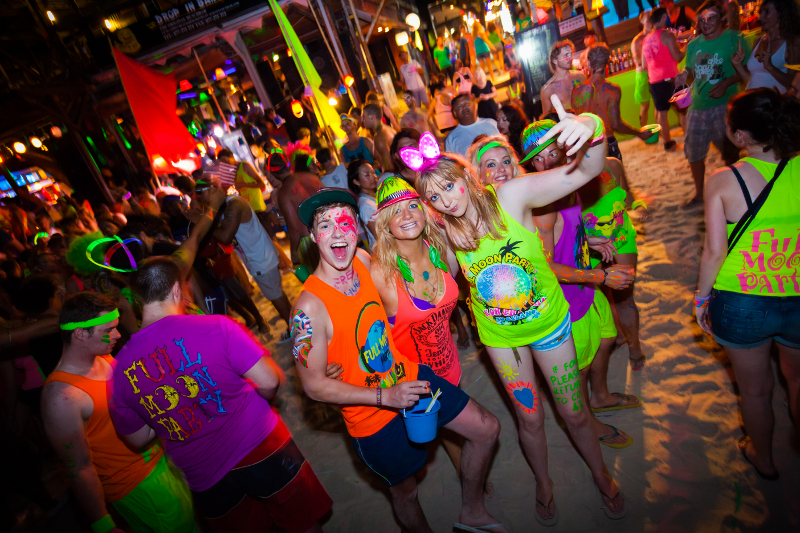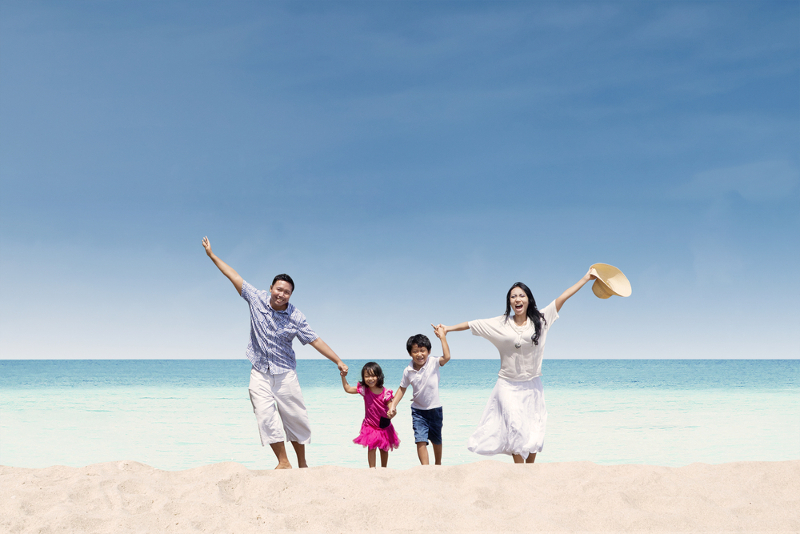
The White Lotus Effect & How It Boosted Thailand Tourism
17 March, 2025
What if a TV show could change the way we travel? That’s exactly what The White Lotus has done. From the sun kissed shores of Hawaii in Season 1 to the dramatic cliffs of Sicily in Season 2, this Emmy winning HBO series has not only entertained millions but also reshaped global travel trends. Luxury resorts featured in the show have seen skyrocketing bookings and entire destinations have turned into bucket list hotspots once the show has been aired.
With Season 3 set in Thailand, the term "White Lotus Effect" is immersing and spreading across Southeast Asia. Even before the season premiered, hotels such as the Four Seasons Resort Koh Samui witnessed a 40% boost in bookings and airlines are already increasing flights to the country.
In the end a question arises, is the 'White Lotus Effect' and TV Tourism as a whole a boon or bane? So, scroll through to find out.
With Season 3 set in Thailand, the term "White Lotus Effect" is immersing and spreading across Southeast Asia. Even before the season premiered, hotels such as the Four Seasons Resort Koh Samui witnessed a 40% boost in bookings and airlines are already increasing flights to the country.
In the end a question arises, is the 'White Lotus Effect' and TV Tourism as a whole a boon or bane? So, scroll through to find out.
What Is The White Lotus Effect?

Ever watched a show so visually stunning that you immediately Googled, “Where was this filmed?” Welcome to the White Lotus Effect, where a TV series doesn’t just entertain but rewrites travel bucket lists overnight!
It all started with The White Lotus Season 1, set in the dreamy Four Seasons Resort Maui in Hawaii. As fans swooned over infinity pools and sunset cocktails, the resort saw a 386% spike in availability checks, because who wouldn’t want to vacation like a dysfunctional yet fabulously rich TV character?
Then came Season 2 in Sicily, and boom, Sicily became the new destination. The San Domenico Palace (a real-life Four Seasons) saw bookings skyrocket by 424%, while travel agents were flooded with requests for “that exact hotel from the show.”
Now, with Season 3 heading to Thailand, the White Lotus Effect is in full swing again. Even before the season aired, Four Seasons Koh Samui bookings surged 40%, and airlines are adding extra flights to Phuket, sensing a tourism frenzy.
It all started with The White Lotus Season 1, set in the dreamy Four Seasons Resort Maui in Hawaii. As fans swooned over infinity pools and sunset cocktails, the resort saw a 386% spike in availability checks, because who wouldn’t want to vacation like a dysfunctional yet fabulously rich TV character?
Then came Season 2 in Sicily, and boom, Sicily became the new destination. The San Domenico Palace (a real-life Four Seasons) saw bookings skyrocket by 424%, while travel agents were flooded with requests for “that exact hotel from the show.”
Now, with Season 3 heading to Thailand, the White Lotus Effect is in full swing again. Even before the season aired, Four Seasons Koh Samui bookings surged 40%, and airlines are adding extra flights to Phuket, sensing a tourism frenzy.
Thailand- The Next White Lotus Paradise?

If there’s one thing The White Lotus knows how to do, it’s turning dreamy destinations into the hottest travel spots on the Earth. After Hawaii and Sicily the show has set its eyes on Thailand for Season 3 and honestly it’s the perfect choice.
With its pristine beaches, luxurious and cozy resorts and just the right amount of chaos, Thailand offers the perfect backdrop for luxury, drama and scandal. The show is filmed in places like:
Koh Samui– The place where secluded villas, private beaches and infinity pools that scream luxury. Four Seasons Koh Samui had reported a 40% surge in bookings, before a single episode was even aired!
Phuket– Thailand’s party paradise meets postcard perfect beaches. Expect high end resorts and an influx of travelers hoping to sip cocktails at the same bars as the show’s elite characters.
Bangkok– The ultimate mix of modern glamour and deep rooted tradition. Whether it’s rooftop bars overlooking the Chao Phraya River or hidden luxury spots, this buzzing city is about to be the next must visit metropolis.
With airlines like Finnair increasing flights to Thailand, it’s clear, the White Lotus Effect is already in motion for Thailand.
With its pristine beaches, luxurious and cozy resorts and just the right amount of chaos, Thailand offers the perfect backdrop for luxury, drama and scandal. The show is filmed in places like:
Koh Samui– The place where secluded villas, private beaches and infinity pools that scream luxury. Four Seasons Koh Samui had reported a 40% surge in bookings, before a single episode was even aired!
Phuket– Thailand’s party paradise meets postcard perfect beaches. Expect high end resorts and an influx of travelers hoping to sip cocktails at the same bars as the show’s elite characters.
Bangkok– The ultimate mix of modern glamour and deep rooted tradition. Whether it’s rooftop bars overlooking the Chao Phraya River or hidden luxury spots, this buzzing city is about to be the next must visit metropolis.
With airlines like Finnair increasing flights to Thailand, it’s clear, the White Lotus Effect is already in motion for Thailand.
Also Checkout our Ultimate Guide to Thailand in April
The Immediate Impact on Thailand’s Tourism
Even before The White Lotus hits screens, Thailand’s tourism industry is already cashing in.
Luxury resorts & boutique hotels are preparing for an influx of travelers who want to vacation like a White Lotus guest minus the existential crises. Some high end properties have already started curating exclusive White Lotus inspired packages.
Tourism boards are riding the wave, rolling out slick marketing campaigns showcasing Thailand’s best kept secrets, before the show makes them mainstream. Social media is buzzing with influencers and travel bloggers hyping up The White Lotus Experience.
Luxury resorts & boutique hotels are preparing for an influx of travelers who want to vacation like a White Lotus guest minus the existential crises. Some high end properties have already started curating exclusive White Lotus inspired packages.
Tourism boards are riding the wave, rolling out slick marketing campaigns showcasing Thailand’s best kept secrets, before the show makes them mainstream. Social media is buzzing with influencers and travel bloggers hyping up The White Lotus Experience.
Thailand has Experienced This Before Too...
Not Thailand’s first Hollywood moment! The country has been a magnet for film tourism before. But this time, it’s different, the White Lotus Effect is luxury driven, attracting big spending travelers looking for a lavish escape.
Thailand is no stranger to mass tourism but with The White Lotus set to redefine how and where people travel the country is bracing itself for a new wave of high end visitors.
Thailand is no stranger to mass tourism but with The White Lotus set to redefine how and where people travel the country is bracing itself for a new wave of high end visitors.
Economic Opportunities And Challenges

Thailand is getting a lot of money from the White Lotus. Airlines are expanding their flights, luxury hotels are filling up and businesses are preparing for a surge of affluent tourists. However there are some drawbacks even though this results in more jobs and greater income.
Luxury travel brings in big moneybut at what cost? As fancy resorts, high-end restaurants, and premium experiences take over, everyday prices start creeping up. Suddenly, a simple meal costs double, rent skyrockets, and even basic transportation isn’t as affordable.
Luxury travel brings in big moneybut at what cost? As fancy resorts, high-end restaurants, and premium experiences take over, everyday prices start creeping up. Suddenly, a simple meal costs double, rent skyrockets, and even basic transportation isn’t as affordable.
The Good Side: More Money & Jobs
For locals, the place they call home is turning into a playground for the wealthy, making daily life harder and more expensive. The big question, who really benefits from this tourism boom?
More flights, more travel packages: To capitalize on the excitement, travel companies are developing unique White Lotus-themed vacation packages and airlines like Finnair are expanding their flights to Thailand.
More jobs for locals: Hotels, restaurants, and tour companies need more employees as a result of the increase in tourists. This can support the expansion of nearby companies and generate new employment possibilities.
More flights, more travel packages: To capitalize on the excitement, travel companies are developing unique White Lotus-themed vacation packages and airlines like Finnair are expanding their flights to Thailand.
More jobs for locals: Hotels, restaurants, and tour companies need more employees as a result of the increase in tourists. This can support the expansion of nearby companies and generate new employment possibilities.
The Bad Side: More Tourists, More Problems
Thailand has already had to shut down paradise, Maya Bay, once a picture-perfect escape, was overrun by tourists and had to close for recovery. Now, with The White Lotus putting Koh Samui and Phuket in the global spotlight, will these tropical gems face the same fate?
If the crowds keep pouring in, crystal-clear waters could turn murky, pristine beaches might get littered, and the “paradise” everyone dreams of could start fading away. Will Thailand find a way to protect its beauty before it’s too late?
Increased costs for residents: As Thailand transforms into a luxury hotspot, locals may start feeling the pinch. With more high-end resorts and premium experiences, the cost of food, rent and transport could skyrocket. What was once an affordable, laid-back island life might turn into a struggle to keep up with tourist-driven inflation.
Damage to the environment: More tourists mean more plastic, more waste, and more pollution—and if Thailand doesn’t act fast, its stunning beaches and lush landscapes could suffer irreversible damage. Picture once pristine shores covered in litter, coral reefs bleached beyond repair and nature gasping for breath under the weight of over tourism.
"The White Lotus Effect is creating many opportunities for Thailand, but it also poses significant threats. The true difficulty is finding a balance, can Thailand benefit from this tourism growth without damaging its people and the environment?"
If the crowds keep pouring in, crystal-clear waters could turn murky, pristine beaches might get littered, and the “paradise” everyone dreams of could start fading away. Will Thailand find a way to protect its beauty before it’s too late?
Increased costs for residents: As Thailand transforms into a luxury hotspot, locals may start feeling the pinch. With more high-end resorts and premium experiences, the cost of food, rent and transport could skyrocket. What was once an affordable, laid-back island life might turn into a struggle to keep up with tourist-driven inflation.
Damage to the environment: More tourists mean more plastic, more waste, and more pollution—and if Thailand doesn’t act fast, its stunning beaches and lush landscapes could suffer irreversible damage. Picture once pristine shores covered in litter, coral reefs bleached beyond repair and nature gasping for breath under the weight of over tourism.
"The White Lotus Effect is creating many opportunities for Thailand, but it also poses significant threats. The true difficulty is finding a balance, can Thailand benefit from this tourism growth without damaging its people and the environment?"
Feeling inspired to visit Thailand after The White Lotus? Check out the best Thailand packages here
Want best packages handpicked of The White Lotus Effect & How It Boosted Thailand Tourism just for you?
Share your travel needs and our travel experts will reach out to you.






